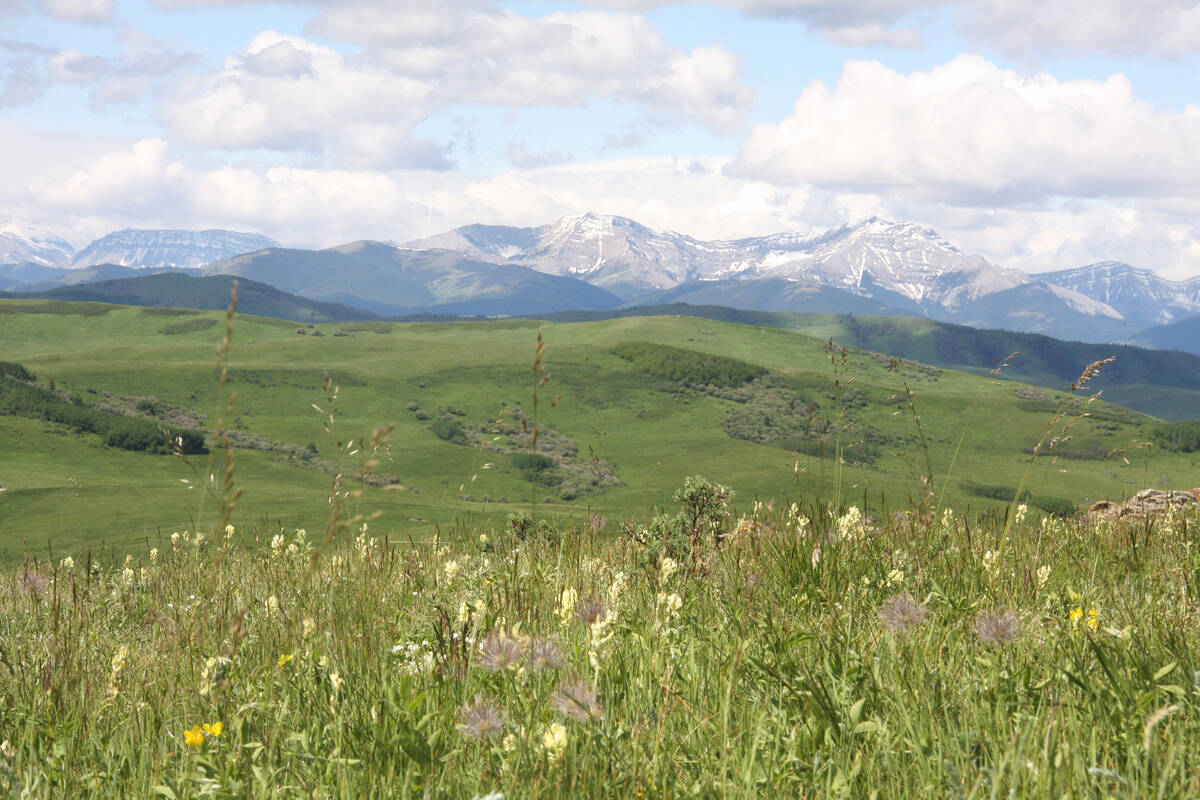Producers should do all they can to harvest their canola now rather than let it sit out over winter.
Derwyn Hammond of the Canola Council of Canada in Brandon said canola that sits out over winter will shell out. Overwintering also shifts the fatty acid profile of the oil, which may result in the crop being downgraded to sample in spring.
Jim Bessel of the canola council in Saskatoon agreed.
“Not to mention the issues with rodent and deer damage and having to harvest while seeding. Getting into the bin at least gives you the chance to market it well and market more of it.”
Read Also

Selenium not deal breaker in coal mining: expert
Environmental scientist weighs in on coal mining debates in Western Canada, explaining selenium and the technologies and practices to lower its concentrations in nearby waterways to coal mining operations
Retired farm equipment repair specialist Henry Guenter said frozen canola will usually flow easily through a combine, but producers should monitor their sieves for icing because the friction of harvesting will melt water on the seed and plant material, and then refreeze under the icy blast of the fan.
“Knock the ice off (the sieves) regularly to keep on running,” he said.
Harvesting tough swaths in the mud or in frozen conditions is challenging, but the work really starts after the canola reaches the yard.
The first step is to determine whether it is tough or damp.
Hammond said tough canola starts at 10 percent moisture, while damp begins at 12.5.
“Cool weather won’t protect your grain,” he said. “Remember, mould grows just fine in your fridge.”
Grain will eventually spoil unless it is frozen solid.
Tough grain in bins should be monitored for changes in temperature and condition, aerated and regularly turned to maintain condition.
Bessel said producers should keep the air flowing on tough canola.
“You won’t get any drying, but you will be able to keep it cool and delay spoilage.”
The high bulk density of wet canola means the water in the crop can choke off airflow. Water vapour will condense on the sides and roof of the bin and run back into the grain unless the airflow is high enough.
Bessel said deep, narrow bins restrict airflow, increasing their static pressure.
Wider bins with perforated floors are more effective at keeping air moving than tall narrow bins with central tubes.
Bessel advised producers to drop the level in a bin until good airflow is detected at the lid.
Adding heat to a natural air system might seem like a good idea, but can cause more problems at this time of year.
When it is cold outside, raising the temperature to 15 C from 5 C doesn’t drop the relative humidity in the airflow enough to dry the crop much. Instead, it raises the temperature of the tough or damp grain and encourages rapid mould growth.
A general guideline for fans in natural air drying is at least one cubic foot per minute of fan capacity per bushel stored. However, cold temperatures and damp grain usually preclude drying in late fall.
Heated drying is necessary for damp canola.
Franklin Voth has been selling grain dryers in Manitoba since the 1960s and said drying grain is all about airflow and raising the temperature. He said relative humidity drops substantially as the temperature rises.
“The thing you pay for in grain drying is heat necessary to raise the outdoor air temperature,” he said.
“Unless it’s raining, the (ambient) humidity is a secondary factor.”
Damp material should be turned completely every two or three days until it can be dried.
“Canola is very dense,” Voth said.
“You need to keep the airflow up. Avoid static pressure by giving the air someplace to go. Kick the back door open a bit with a board or open a vent. You lose some heat, but it keeps the flame on the plenum and not blowing back. It will let your dryer do its job without damaging it.”
He said cold canola should be warmed before increasing the heat to recommended maximum drying temperatures.
“If you don’t, it will drive that moisture out of the stuff closest to the plenum and the vapour will condense on the outer layer of canola, sealing the dryer off from airflow. Water will run out on the ground and you’ll burn some grain and the rest won’t dry.”
Volatile combination
Voth said higher temperatures and good movement in a batch dryer are usually a “a good bet” for tough canola.
However, the colder the oilseed and the wetter the material, the greater the likelihood of problems.
“You want to warm the canola before you try wringing the moisture out,” he said.
He recommended boosting the temperature in the seed in two ways:
n Start with a low heat and raise it as the material passes through in a dryer with multiple heating points.
n Run the canola through once at a low temperature and then again at a higher temperature once the material is warmed slightly.
“That will get you away from the condensation issue.”
Hammond said producers need to overdry slightly to deal with the rebound in moisture once the canola is returned to the bin.
“Rule of thumb is to overdry the grain by 0.1 percent for each point that it was dried,” he said.
Research has found that canola can be dried at temperatures of up
82 C, but this depends on the condition of the crop, the type of dryer and the ambient temperature and humidity.
Bessel said the wetter the grain, the easier it is to burn.
He suggested lowering the temperature of damp canola at least 11 C from what is recommended for tough material.
Grain temperature
Voth said producers also need to remember to treat hot grain coming out of their dryers as if they were combining at 40 C.
“You don’t want to spend money on gas only to stick hot grain in the bin and have it spoil there. It needs to be slowly aerated down to a safe temperature.”
He said farmers can gain additional drying through careful cooling if they have proper airflow in the cooling bin.
“About 0.3 (cubic feet per minute) per bushel should do it. You can gain about one percent of drying per 25 F (14 C) of temperature drop from hot grain if you don’t drop the temperature too fast. The fan must be small enough for the job, rather than large enough.”
Bessel said producers have to be careful when blending wet material with dry.
“You can end up with a whole farm of spoiled grain that way. Better to dry the wet stuff and leave the dry grain dry,” he said.
“We haven’t really had a year when a lot of canola was harvested this late since the late 1970s. The collective knowledge and research is pretty dated.”
For more information on harvesting canola visit:
* Franklin Voth can be reached at 204-242-3300 or www.fvoth.com.
Canola council contacts:
- Derwyn Hammond, Manitoba region, 204-729-9011.
* Jim Bessel, north-central and northeastern Saskatchewan, 306-373-6771.
* Tiffany Gutzke, eastern Saskatchewan, 306-231-3663.
* Doug Moisey, east-central Alberta and northwestern Saskatchewan, 780-645-9205.
* John Mayko, west-central Alberta, 780-764-2593.
- Erin Brock, Peace region, 780-568-3326.














